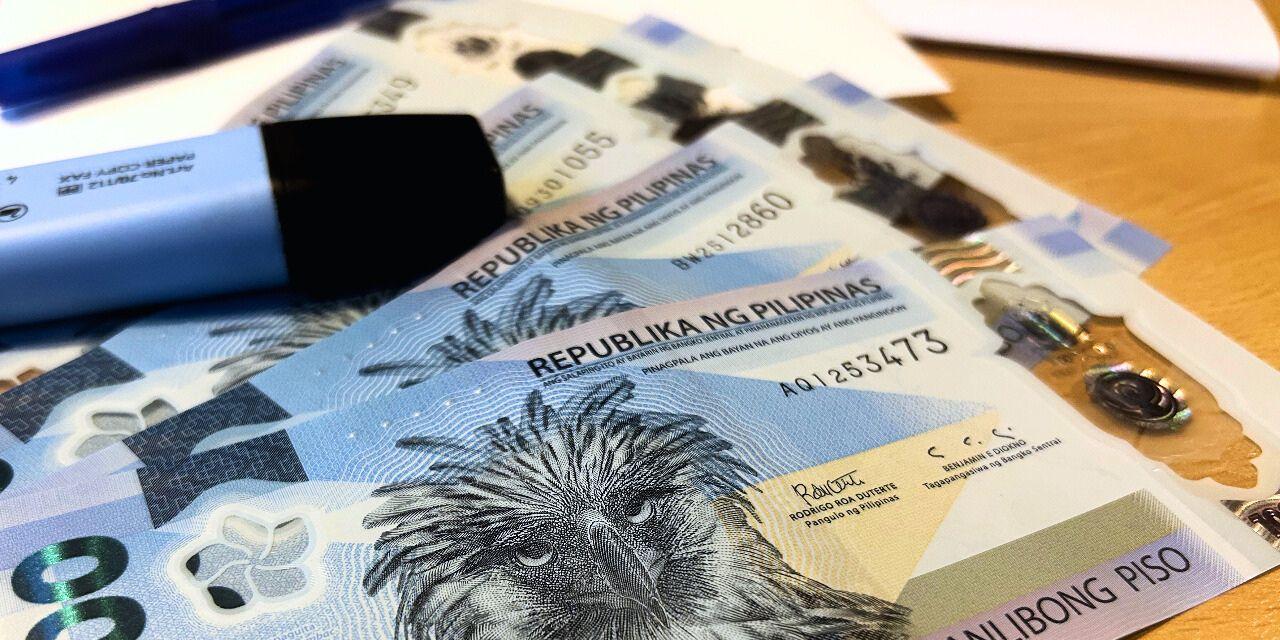PH eyes to hike domestic borrowings share in sovereign debt mix to 80%

The Philippine government is planning to increase the share of local borrowings in the sovereign debt mix as part of the Marcos administration’s strategy to reduce the exposure of state financing against fluctuations in the foreign exchange market amid the peso’s weakness against the greenback.
“Our target is a funding split of 80-20, in favor of domestic [borrowings],” National Treasurer Sharon Almanza told GMA News Online.
The government’s ceiling for local securities’ share in the debt stock is currently at 70%.
As of end-November 2024, the country’s sovereign debt hit a record-high of P16.09 trillion, up 0.4% from the P16.02 trillion debt stock as of end-October 2024.
Of the total debt stock, 67.87% or P10.921 trillion is composed of domestic borrowings, while 32.13% or P5.169 trillion consists of external obligations.
The Treasury said the debt portfolio increased “due to net financing and the impact of local currency depreciation on the valuation of foreign-currency-denominated debt.”
The peso ended November at P58.602:$1, weaker than the P58.198:$1 as of end-October 2024.
“Yes, part of our debt management objective is to reduce our foreign exchange risk,” Almanza said.
For his part, Department of Budget and Management (DBM) principal economist and Undersecretary Joselito Basilio said the planned increase in domestic borrowings’ mix in the debt stock is part of the economic managers’ strategy to shield the sovereign debt from risks of peso depreciation.
“It is better strategy to increase the domestic borrowings to 80%… this is to reduce the risk against possible fluctuations of the peso [versus the US dollar] which would affect the value of dollar-denominated,” Basilio said.
The DBM official added that the plan would also help in growing the country’s financial market as this would encourage local banks to participate in the government’s capital raising activities.
“We are seeing that our local banks are very liquid so they have money to invest in government securities,” Basilio said.
Finance Secretary Ralph Recto in August said the country’s sovereign debt could balloon to as much as P20 trillion by the end of the term of President Ferdinand “Bongbong” Marcos Jr. in 2028.
Despite this, Recto said that while the nominal debt continues to rise, the country's economic growth would outpace the increase in debts.
He said the Philippine economy could reach a value of P37 trillion by 2028, versus a projected debt stock of P20 trillion.
“We have a fiscal plan to reduce the deficit gradually until 2028 and expect debt-to-GDP (gross domestic product) ratio to be roughly 57% by then,” Recto told GMA News Online.
As of the third quarter of 2024, the country’s debt-to-GDP ratio stood at 61.3%.
Debt-to-GDP ratio measures the amount of the national government's outstanding debt proportionate to the value of the economy during a specific period.
Due to the aggressive borrowing spree to fund response, relief, and cash aid efforts amid the COVID-19 pandemic, the country’s debt-to-GDP grew to 60.5% in 2021, higher than the 54.6% level in 2020.
Prior to the COVID-19 pandemic, the Philippines' debt-to-GDP ratio had reached a record low of 39.6% in 2019.—AOL, GMA Integrated News




